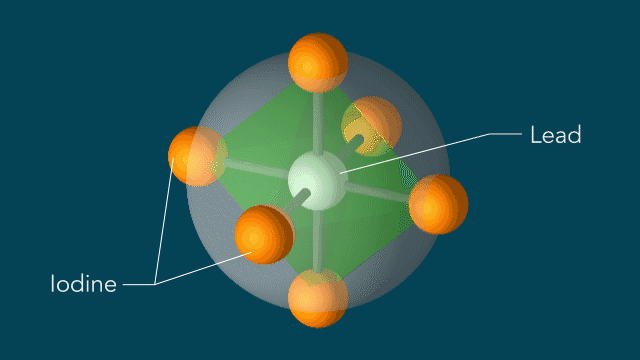Oxford PV moves headquarters and perovskite solar R&D to new site
 Oxford PV has announced it has moved its UK-based headquarters and R&D facilities to a new location in Oxford, UK. The new site consolidates and strengthens Oxford PV's UK-based perovskite photovoltaic research and development activities, by providing a larger, controlled laboratory environment, with ample space for expansion of its equipment and expertise in the future.
Oxford PV has announced it has moved its UK-based headquarters and R&D facilities to a new location in Oxford, UK. The new site consolidates and strengthens Oxford PV's UK-based perovskite photovoltaic research and development activities, by providing a larger, controlled laboratory environment, with ample space for expansion of its equipment and expertise in the future.
Oxford PV's experienced research and development team at the site will continue to focus on advancing its perovskite photovoltaic technology. Additionally, Oxford PV's UK team will continue to support the transfer of its advanced lab based perovskite on silicon tandem solar cell technology to industrial scale processes and equipment, an activity that takes place at the company's pilot line, in Brandenburg an der Havel, Germany, in close collaboration with its joint development partner ' a major manufacturer of silicon solar cells and modules.


